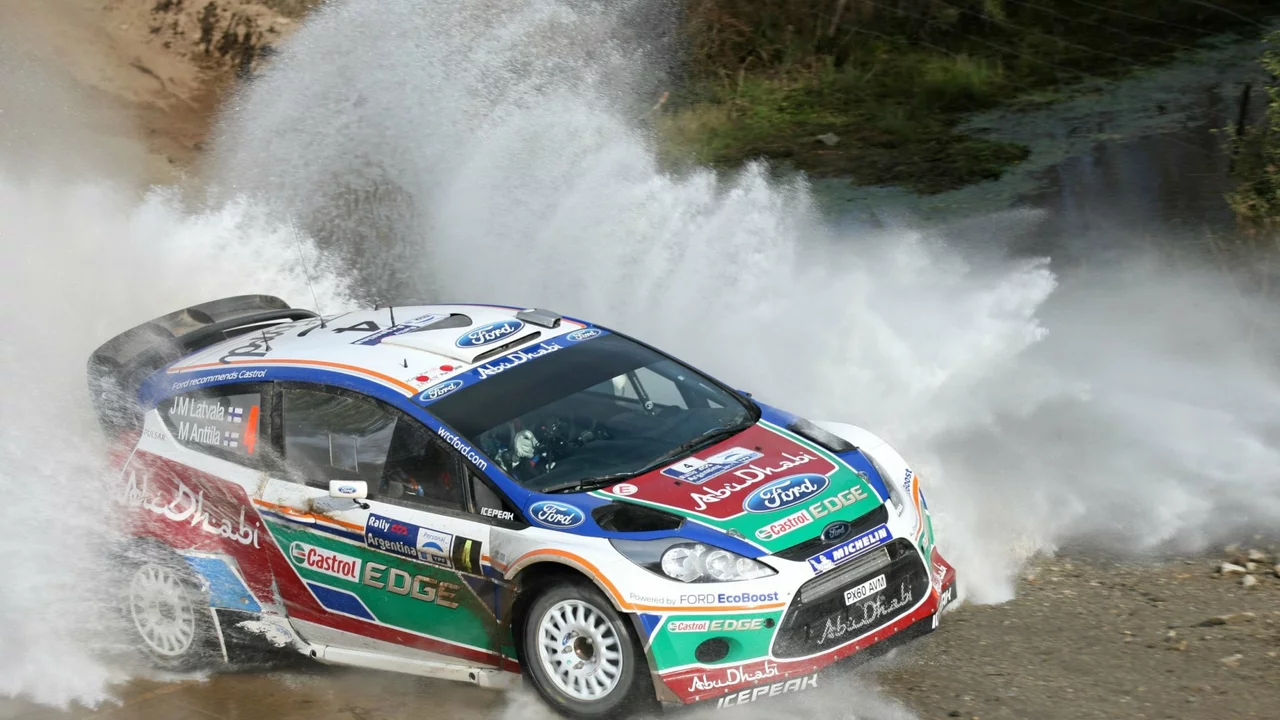Learn Rally Driving – Simple Tips to Get Faster on the Stages
If you’re new to rally or just want to sharpen your skills, you’re in the right place. The UK Endurance Rally Hub gathers everything you need to know, from gear basics to on‑the‑fly techniques. No jargon, just clear advice you can try on your next event.
Essential Gear and Shifters
Most rally drivers rely on a sequential gearbox. Unlike a regular stick shift, you push forward to go up a gear and pull back to down‑shift – no hunting for numbers. This system lets you change gears in a split second, which is vital when you’re sprinting through forest sections or tight hairpins.
Behind the wheel, you’ll also see a long stick on the centre console. That’s the hand‑brake. Pull it to lock the rear wheels and spin the car sideways into a corner. It’s the same trick you see on TV when a driver slides around a bend on gravel. Mastering the hand‑brake gives you tighter control on slippery surfaces.
Don’t forget the basics: a sturdy roll‑cage, good seats with harnesses, and a robust suspension that can handle both asphalt and gravel. If you’re on a budget, look for a car that already has a solid sequential box and an adjustable hand‑brake – you’ll save time and money.
Driving Techniques for Every Surface
Rally isn’t just about straight‑line speed. It’s about adapting to whatever the road throws at you. On gravel, keep the car light on the throttle and use a slight slide to keep the wheels glued. The drift you see isn’t reckless; it’s a controlled weight transfer that lets the car stay pointed where you want.
When the stage switches to ice or snow, front‑wheel‑drive (FWD) can actually be an advantage. The front wheels pull the car forward, giving more grip on slippery patches. Pair a gentle clutch bite with a quick hand‑brake tap, and you’ll navigate icy bends without losing momentum.On tarmac, treat the car like a road racer. Brake early, hit the apex, and let the sequential gearbox do the work. Remember, the goal isn’t to be the fastest in a straight line but to keep a steady, error‑free rhythm throughout the whole stage.
One common question: do you need to memorize the entire route? The short answer is no. Your co‑driver provides pace notes that tell you what’s coming – a tight left, a jump, a dip. Still, familiarising yourself with the road ahead helps you react faster and trust your notes.
Finally, practice makes perfect. Find a local club event, run a few runs on a mixed‑surface track, and focus on one skill at a time – gear shifts, hand‑brake turns, or reading notes. Over time, you’ll notice the car responding more naturally, and you’ll finish stages with confidence.
Ready to hit the stages? Grab your gear, study the basics here, and join the UK Endurance Rally Hub community for more tips, event calendars, and fellow drivers ready to share their experience. See you on the road!
How do I start learning rally racing as a teen?
So, you're a teen and you've caught the bug for rally racing, huh? Welcome to the adrenaline-fueled world of dirt and speed, kid! First things first, get yourself enrolled in a rally school. They'll teach you the basics and get you comfortable with high-speed maneuvers. You'll also need to learn about car mechanics, safety protocols, and the importance of teamwork. And remember, it's not just about being fast, it's about having fun and staying safe! So buckle in, it’s going to be a wild ride!
Read More

